Robert Zemeckis’ “Back to the Future Part II” (1989) is one of the greatest movie sequels ever made.
It is fearless, never stops moving and always comes up with another wild idea that would unravel a far less ambitious work. Made right at the moment Hollywood was about to become sequel crazy, it stands out as one of the few that finds the balance between being a tribute and proper narrative extension of the first film.
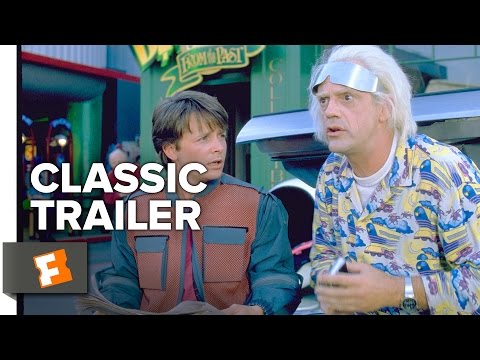
In making the follow-up to the biggest hit of 1985, Zemeckis and his team came up with a two-parter that stacks up the world building, part 3-set-ups, franchise in-jokes, H.G. Wells-ian concepts and impossibly elaborate fantasy action, in a manner that predates every Marvel movie that arrived decades later.
Teenager and time traveler Marty McFly (Michael J. Fox) has returned from 1955 and succeeded in his mission to alter the timeline with very personal consequences. The jarring reappearance of Doc Brown (Christopher Lloyd) and his decades-hopping flying DeLorean thrusts Marty into the future world of 2015, where another key historical incident is about to ruin Marty’s family lineage forever.
It seems that, no matter what era Marty visits, the truth is always the same: an iteration of family bully Biff Tannen (franchise secret weapon Thomas F. Wilson) is a total nuisance.
Some of Costume Designer Joanna Johnston’s nearly 150 original costumes for the colorful clothing of 2015 Hill Valley in Back to the Future Part II (1989). pic.twitter.com/tVfRU37Mu8
— Designing Film (@DesigningFilm) November 22, 2024
Everything about “Back to the Future Part II’ was a leap of faith since, the obvious criticism, the original never really needed a sequel in the first place. Yet, in deciding to keep the unlikely adventures of Marty McFly and Doc Everett Brown going, everyone involved decided to take this as far as it could go.
There’s the obvious, cynical reason for making this – the original was one of the top-grossing films of all time. Yet, considering how exhausting the making of Zemeckis’ masterpiece “Who Framed Roger Rabbit” (1988) was on him, you’d figure he’d take a break, either on a far smaller project or even a deserved hiatus.
Nope, the director and his team go all in here.
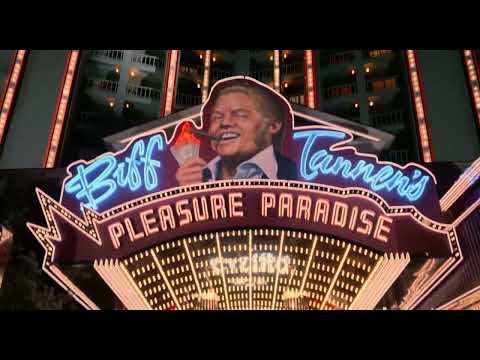
Fox and Lloyd are terrific here, though Wilson’s performance deserves a closer look. The idea that Tannen, in any time, is always going to be an abusive tool, is worthwhile, but look at how he plays this. We’re seeing Biff in different eras, ages and at varying levels of understanding how much he can hurt the ones around him.
Many have noted how irritating Biff is but Wilson’s performance hits harder because, really, we all know guys like this. Giving a stupid and hurtful person more power and hangers-on than they deserve, and you get someone like this.
The “Biffco” nightmare version of Hill Valley portion of the second act is especially impressive, in that this pauses from being an outright comedy for an extended stretch. When Marty discovers his home and town are now crime ridden and controlled by oppressive forces, it’s like Hill Valley has been invaded by a John Carpenter movie, particularly the ones where Kurt Russell played Snake Plissken.
Zemeckis’ darkest film (and also his last great film) is undoubtedly “Flight” (2012), but the willingness to take the Biff Tannen as The Devil angle as far as it can go is still startling.
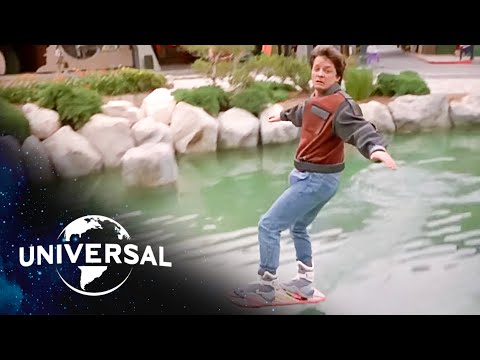
When Marty and Doc return to 1955, “Back to the Future Part II” becomes a knowingly tricky juggling act, the kind where chainsaws and chairs are thrown into the mix with balls and pins.
Watching Fox and Lloyd frantically tip-toe around their 1985 counterparts, which Zemeckis and his dream makers conjure with uncanny (and still seamless) split screen, is the stuff of wonders. Seeing Marty go to the Enchantment Under the Sea Dance a second time, carrying out a barely functional bait-and-switch plan, while leaping out of the way of his former time traveler self, is akin to a Looney Tunes cartoon penned by Isaac Asimov.
The extended ending, which is basically just a wordless trailer for “Back to the Future Part III” (1990), angered audiences, many of whom stated they felt it made Part II seem like a trivial preview for the final film. If there’s anything about the concluding preview that doesn’t work, it’s too showy, spoiling many of the best beats from Part III.
They should have simply provided that opening establishing shot of Hill Valley in 1885, given us the title and faded to black.
Seeing all three films back-to-back (or, as ZZ Top defines it, going “Doubleback”), it’s a marvel to note how the screenwriters carefully wove all three films together. I especially like Goldie Wilson’s political ascent, the set-up of Bufford “Mad Dog” Tannen and even the role of the homeless man who is possibly the only person in Hill Valley who knows Marty is a time traveler (maybe…or perhaps just a “crazy drunk driver”).
Back to the Future Part II is set in 2015.
The film made lots of predictions about technology we’d be using 8 years ago.
Let’s review some of them…
pic.twitter.com/HglN20l0jM
— Jon Erlichman (@JonErlichman) June 10, 2023
I miss George McFly, who is literally floating in the background of some scenes. The infamous use of a double in place of Crispin Glover, who did not return to the role, doesn’t just rob audiences of the quirky warmth he brought to the role, it leaves an emotional hole in the film.
Speaking of the flaws, it is downright absurd how no less than Elisabeth Shue (known at this point for “The Karate Kid” and “Adventures in Babysitting”) is now cast as Jennifer (after Claudia Wells was unavailable to reprise the role) and she mostly plays scenes where she’s sleeping or passing out.
Initially it’s played as a joke that she was even brought along on the adventure, but it becomes narrative busy-work just lugging her around for the first two acts.
Much funnier is the entirely illogical, unnatural but consistant way in which Doc Brown’s dog, Einstein, is around for most of the movie and is escorted from scene to scene (what would happen if the 1985 Einstein runs into the 2015 Einstein…oh, never mind).
“Back to the Future Part II” proved popular but divisive upon its initial release. Now, it plays like a dream sequel, made with total creative autonomy, a generous budget and passion from everyone involved.
All of Zemeckis’ films come across like high-wire acts, in which someone could slip off the rope at any time (literally, in the case of “The Walk”). Here, that sense of its-crazy-but-let’s-go-for-it has resulted in a fearless blockbuster that demonstrates how far you can take the notion of going back for a chapter two.
The post ‘Back to the Future Part II’ Remains a Sublime Sequel appeared first on Hollywood in Toto.
from Movies - Hollywood in Toto https://ift.tt/LrpJdTU


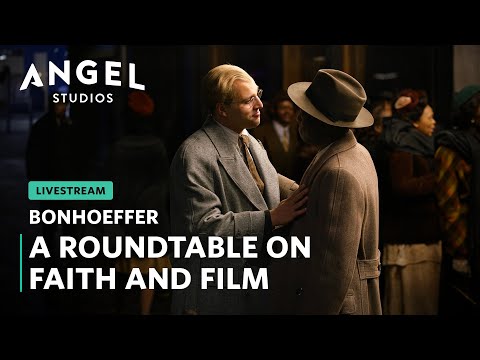

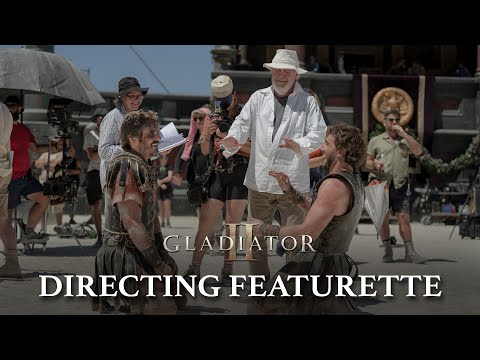
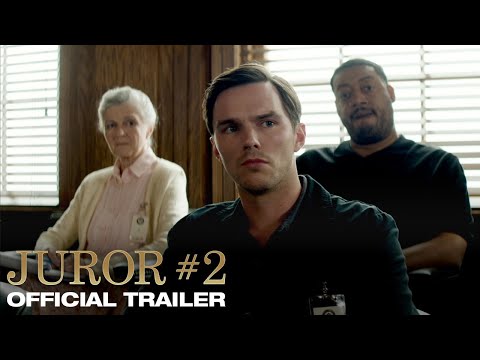
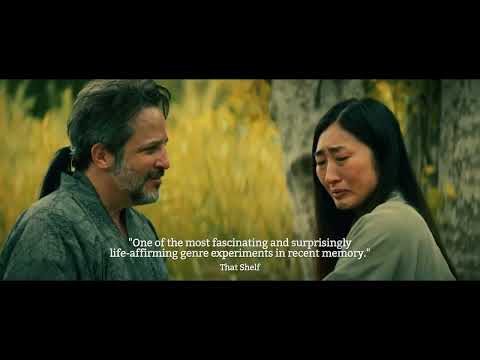
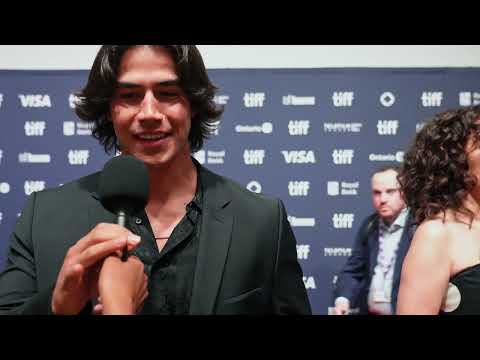

 A Real Pain (2024) | dir. Jesse Eisenberg
A Real Pain (2024) | dir. Jesse Eisenberg 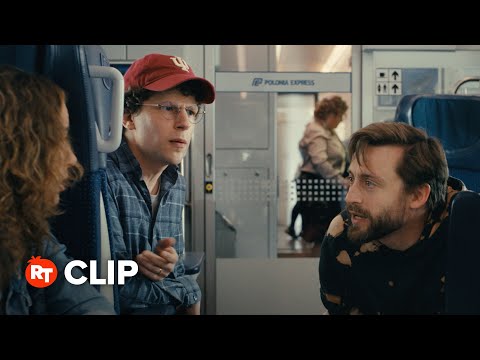

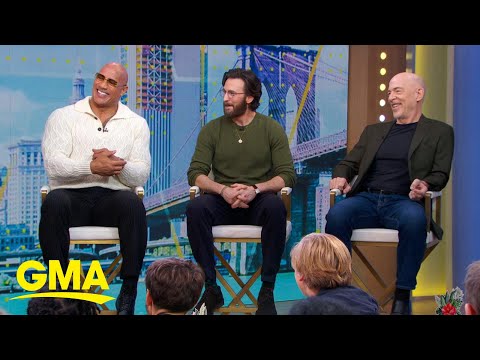
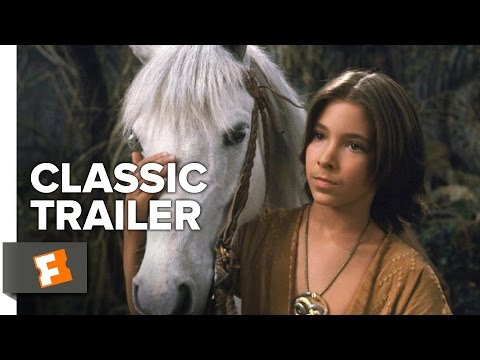
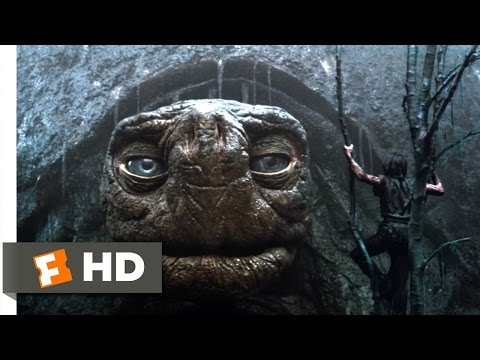
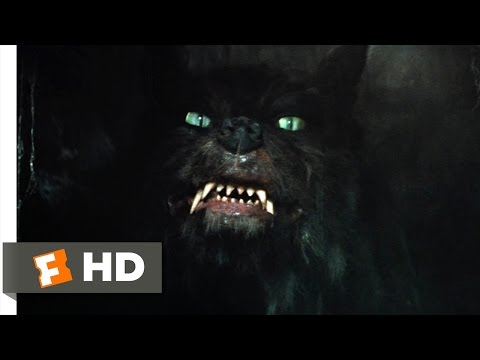
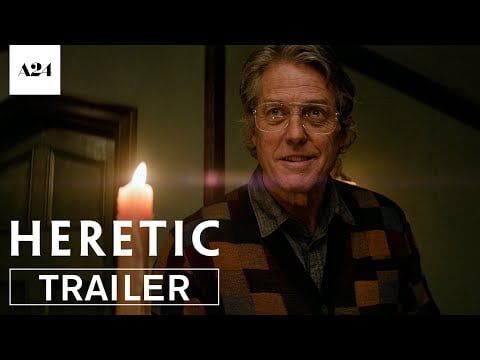
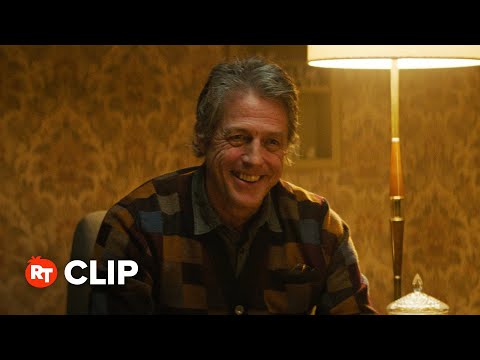
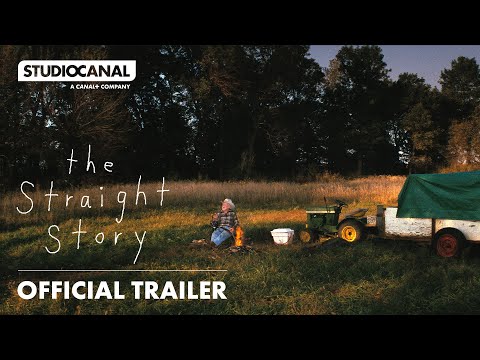
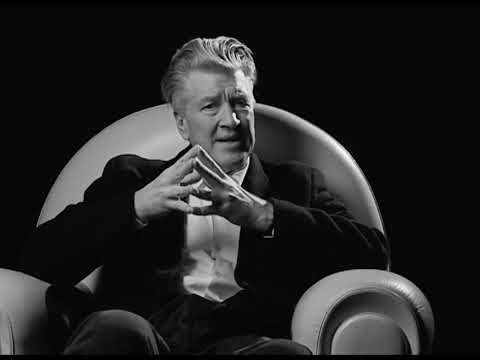
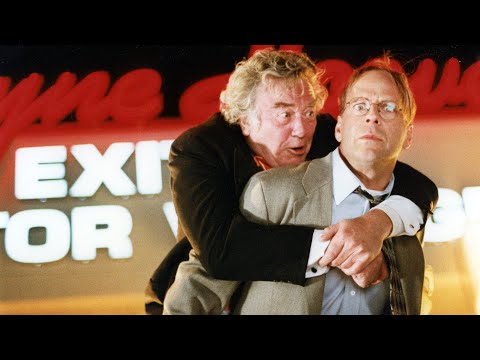
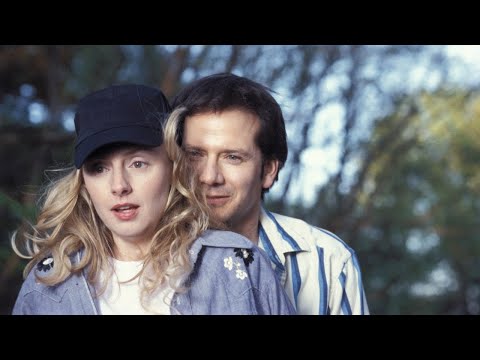
 (@TheFilmStage)
(@TheFilmStage)